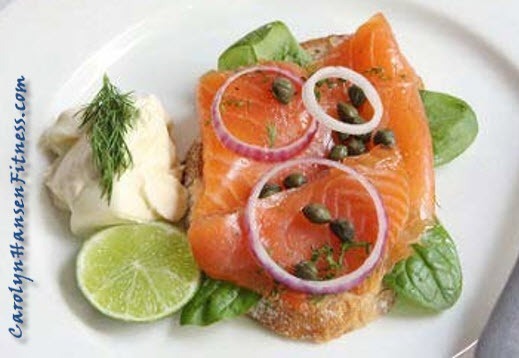
It seems the Internet is serving to educate people about the importance of what they put into their bodies in regards to the foods they eat. This education is bringing about a new healthy trend – “clean eating.”
Clean eating is all about focusing on the best, healthiest options in all food groups – eating more of these and less of the not-as-healthy ones.
It means that whole foods become the center of attention. Rather than convenience or jazzed up and alluring packaging, which is likely loaded with preservatives, we embrace a variety of fresh vegetables, fruits and whole grains along with healthy fats and proteins.
Added sugars, refined grains, preservatives/processed foods (all those packages with names you cannot pronounce in the ingredient list!) and unhealthy fats are cut back or eliminated all together.
Vegetables and Fruits Take Center Stage
Fresh fruits and vegetables are center stage when it comes to clean eating. They provide fiber for our bodies, reduce the risk of many chronic diseases including but not limited to high blood pressure, heart disease, obesity, type 2 diabetes and the one that drives fear into all of us – cancer.
If possible, choose organic and buy local as often as possible. You need to avoid as many chemical sprays as you can.
When it comes to grains, think whole grains. By swapping refined carbs such as white pasta, bread and sugar for whole grains, you get back fiber, anti-oxidants and inflammation fighting phytonutrients.
Quinoa, while rice, and oats are all good choices. Check the label before buying though, even if it has “whole grain” splashed on the outer cover. Whole grains should be the first ingredient of a short and recognizable list. There should be minimal, if any, sugar added. And, because whole grains are void of the “bad stuff”…the stuff not needed by the body, they help you lose weight and keep it off long-term.
There are clean processed foods such as plain yogurt, whole-wheat type pastas and even cheese. Just stay away from the overly processed foods.
Lifestyle Change
Clean eating is not a diet. It is a lifestyle change. It’s not about following trends or doing what your best friend is doing that works for her. It’s about what works for you long term.
This change of eating habit is not about taking an all-or-nothing approach to nutrition which sets you up for failure, making it hard to stick to long term. Rather, aim for eating clean 80 percent of the time. Remember, you are not super-human. Give yourself some wiggle room. It makes a healthy eating plan much easier to maintain.
Eating clean foods using this percentage also makes it easier to control your calories. You’ll consume enough nutrients for good health, and what you eat the other 20 per cent of the time will not stop you losing excess body fat.
You do not have to be perfect when you are attempting to eat clean. Just do your best and over time you will make the right choices more often than not.
Once you get in the habit of clean eating, you will generally find that and cravings for less healthy foods are reduced or even eliminated. However, even the cleanest eaters will want to celebrate a birthday with some cake, or maybe enjoy a dish of creamy pasta at a nice Italian restaurant.
If you have a special meal or treat you can’t live without, don’t punish yourself over it. Save it for your “cheat day” or special occasion. You can even choose one particular day each week when you’ll enjoy this special or meal.
The key is to not get hung up on what you cannot have. Look at what you can eat and should be eating and keep that your main focus.
For exciting, sugar, white flour and gluten free desserts and treats:
50 Healthy Raw Desserts and Treats Volume One and Two. Each volume offers 50 healthy desserts and treats the whole family will love.
For more tools and resources from Carolyn Hansen to assist you in attaining your health and fitness goals and achieving the success you desire in life, please visit:
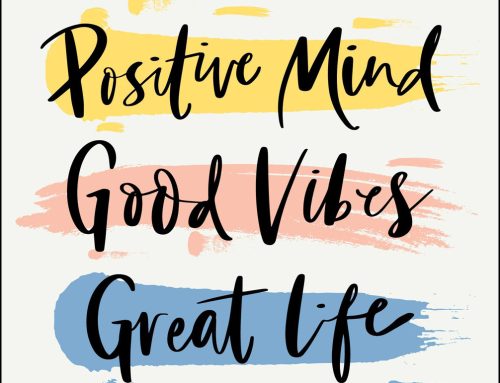
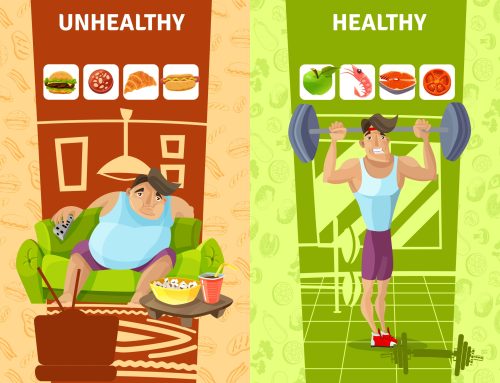

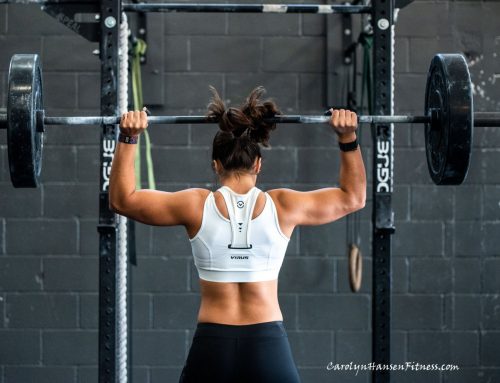
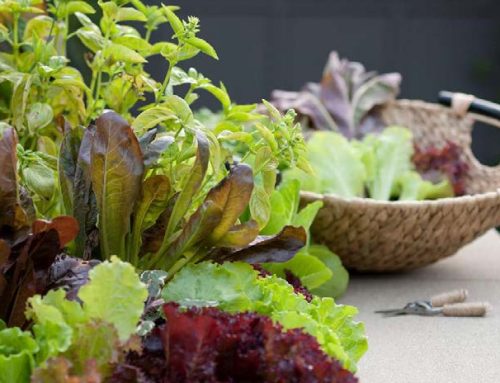
Leave A Comment